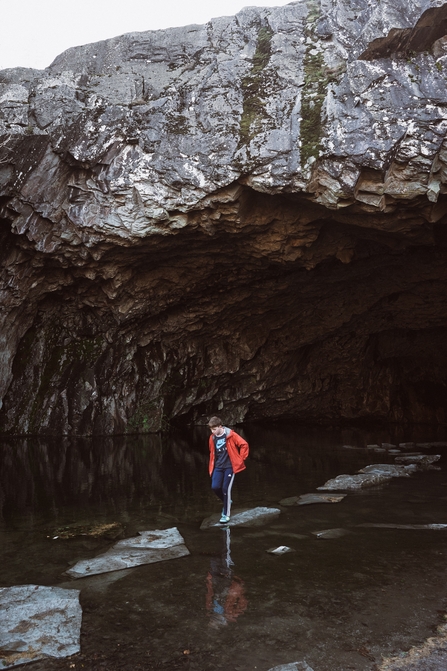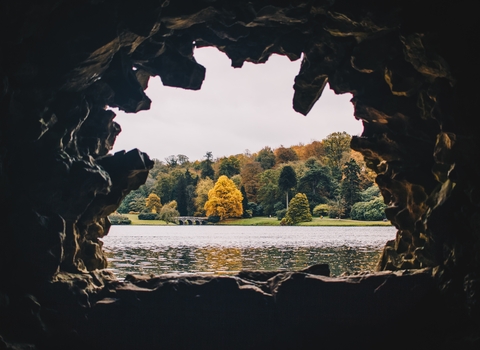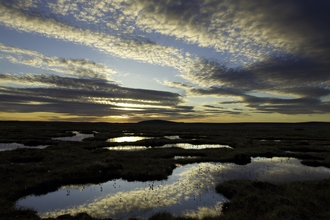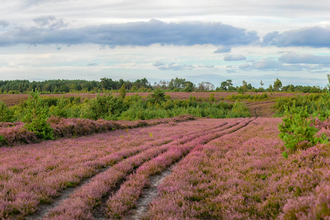How do caves form?
Caves are naturally occurring hollows in the ground and are usually large enough for a person to enter. They are made by a process known as "speleogenesis"! It sounds complicated, but this basically describes how caves begin and develop. They're not just small areas we can walk around in either, caves can extend deep into the Earth's crust. The deepest explored cave is the Krubera cave in Georgia which measured 7,208ft from the entrance to the bottom! Wow!

Luke Ellis-Craven
Where are caves found?
Caves are found all over the world, but the most common ones found in the UK are:
- Solutional caves - made when water in the ground trickles through limestone and chalk and dissolves it
- Sea caves - made when waves repeatedly hit weak cliffs, wearing away the rock
A small area of the UK is made up of limestone rock: here there are lots of caves, but they are quite difficult to reach so many haven't really been explored yet. Off the coast of Scotland is the island of Staffa, which has a quite few sea caves - the largest is Fingal's Cave which is over 200 ft long!
What animals live in a cave?
Animals that spend their lives in a cave are called 'troglophiles'. Examples of troglophiles include molluscs, worms, spiders, millipedes, centipedes, crustaceans, insects, fish, amphibians and reptiles. Caves are important homes for the animals that live there. Most caves are surrounded by complete darkness, so lots of the cave wildlife have lost the ability to see and nearly all cave animals have evolved to be pale in colour. Pigments that protect against the sun are useless in a cave!
No known mammals spend their entire lives just in caves, although many bat species will spend daylight hours resting in caves and leave to hunt at night.








